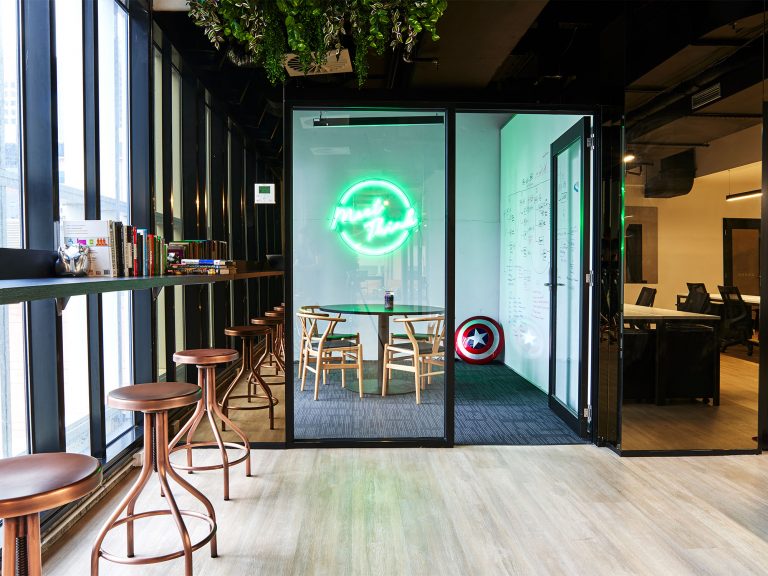When is it time to move out of the home office?

Working from home running your own business sounds like a dream come true but the reality is that there comes a time when it could actually be holding you back.
Working in your PJs and commuting from bed to the spare room are great perks. But you need to be prepared to do what’s best for the business and fly the nest.
So how do you know when it’s time to move out of the home office and try a co-working environment or take your first lease? The key reasons for making a move usually boil down to growth and a need for a more professional work space.
The key reasons for making a move usually boil down to growth and a need for a more professional work space.

1. Your office is taking over your home
Maybe you started in the garage or the spare room, but if that home office clutter has spawned a colony or is taking over your entire house it might be time to think about moving out.
Perhaps you need a warehouse facility for all that stock so you can fit the car back in the garage, or to outsource the mailing so the dining table is free.
But maybe the clutter is a sign of growth and shows you need to move out altogether to gain more space.
2. The blurry divide
Are you finding it hard to switch off from work?
Working from home can become a mental trap for the workaholic. it’s hard to switch off when you’re always at work (aka home).
So if closing the door or setting discrete time frames for work and leisure is increasingly difficult it might be time to shift for your own peace of mind, not to mention you family’s sanity.
Read more: Home office or traditional office: weighing up the options
3. Your clients want or need to visit
Some businesses can co-exist nicely in a more casual home environment – family day care, day spas, home tutoring, or the back office of a small trades company.
But not all clients feel comfortable visiting a home. It can seem somewhat unprofessional depending on what kind of business you operate. And not all homes are located near enough to a CBD to be convenient.
Not all clients feel comfortable visiting a home… and not all homes are convenient.
So if you need to entertain and meet with prospective clients and you’ve outgrown the local cafe it might be time to think about other options like serviced offices, co-working spaces with dedicated meeting rooms, a business centre or your own office space.

4. You need to employ staff
Depending on your home office set up you might be able to take on a few staff members, but most households become a little cramped and awkward when they’re also used as offices and it is no longer just a family business.
What if the kids are home sick or on school holidays? How do you negotiate use of the toilet or kitchen? And are you located near enough to transport and amenities?
Employing staff is usually a sign of growth, so if you’re expecting this trajectory to continue and you’ve done the financials it might be a good time to look at options for moving.
5. Domestic distractions
Are you spending more time doing the washing, talking to your mum, making cups of tea for your flatmates, patting the cat or napping?
Working from home is not for everyone. It requires discipline and an ability not to be distracted from the endless domestic chores, interruptions and sidetracks of a home environment.
If you’re not one of these people it’s likely you’d get more done in an office environment. Even if it costs you more money upfront to rent a small space or a desk in someone else’s office, it’s likely you’d get an instant return in productivity.
Read more: Working from home: still the way of the future?
So, where to next?

There are so many kinds of office space available – from a traditional office lease to a serviced office, shared office, short term lease or co-working space. No matter which one is right for you, one key consideration remains: you need to have done the maths.
If, or when, you decide to make the move from home to office, remember it needs to be financially viable and in line with your company’s projected growth.
Don’t overcommit, and make sure any steps you take have enough flexibility for unforeseen changes.







